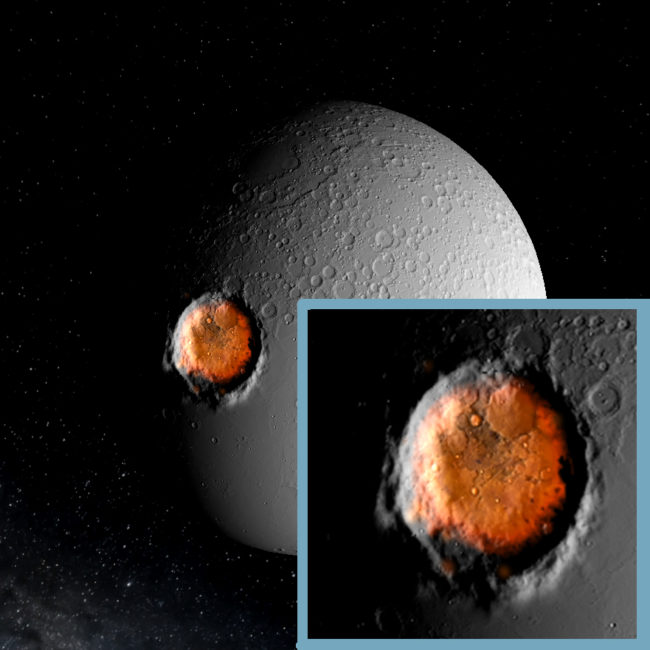
Universe Sandbox - Jar

Friday, November 3rd: We've released Updates 20.2.3 and 20.2.4, which add two sims from this Vsauce video as well as a few improvements and bug fixes. See the sims in Home > Open.
Hey, did you hear that? Michael from Vsauce just gave some high praise of Universe Sandbox ²: “This simulator will blow your mind. I love it.”
Vsauce is a science and education YouTube channel that has attracted over 12.5 million subscribers with “videos that feed the curious and illuminate the amazing.”
We’re very honored and humbled to be featured in their latest video! Check it out below.
https://www.youtube.com/watch?v=Xc4xYacTu-E















